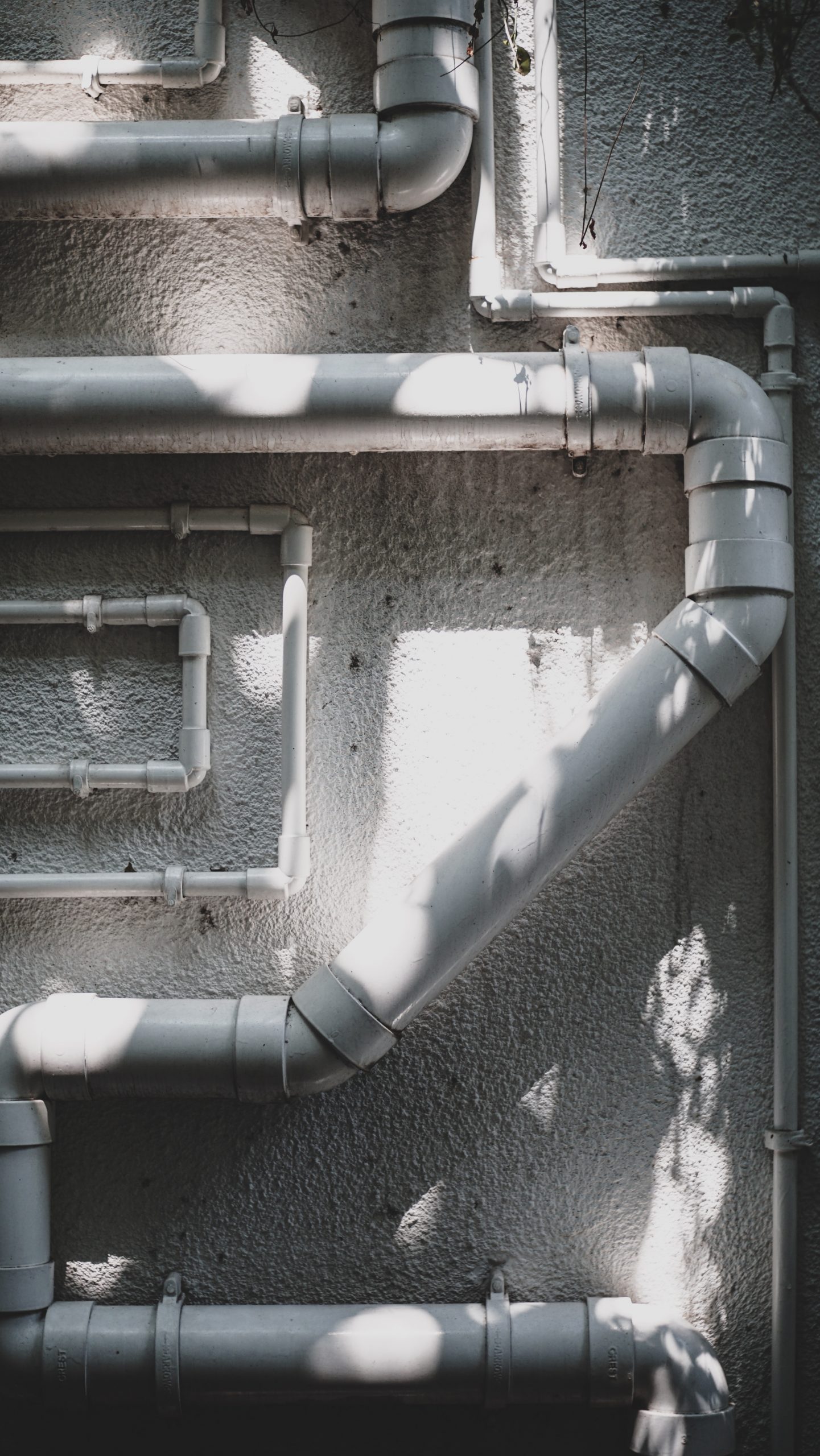Pipe hangers in Malaysia are often utilised to provide support for a pipe system’s hanging pipes. The majority of issues arise when installing a large pipe system in a confined environment.
Tag: building material
9 Valuable Tips for Maintaining Your Vessel
If you want your boat to remain in good shape and be seaworthy, you must regularly maintain its condition and seaworthiness. Cleaning the inside and exterior of your vessel, doing annual hull maintenance, inspecting the hold, doing a proper hot lay up Malaysia and determining whether or not your vessel needs overcoating are just a… Continue reading 9 Valuable Tips for Maintaining Your Vessel
The Aftermath Of The Material When The Building Goes Down
Buildings are not a new concept. We have seen countless of them being made and countless of them making its fall down. Nevertheless, we have a little understanding of what happened to the building maters that go with the building that has met their ultimate end. The end might be in a drastic disaster or… Continue reading The Aftermath Of The Material When The Building Goes Down


